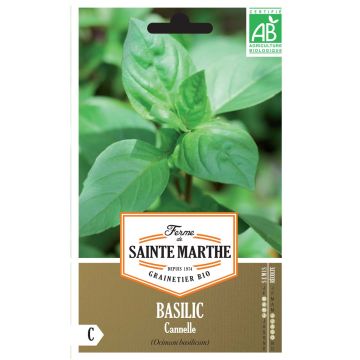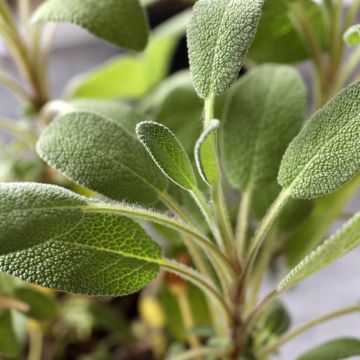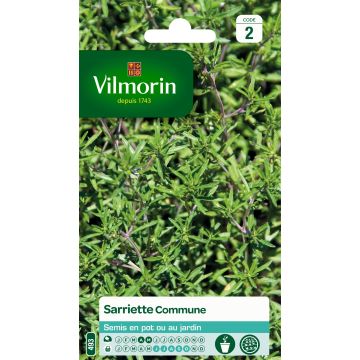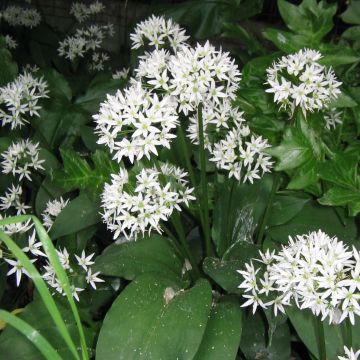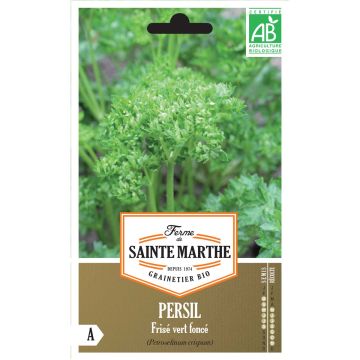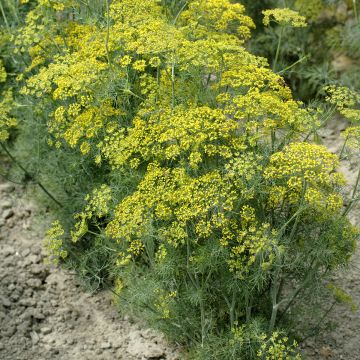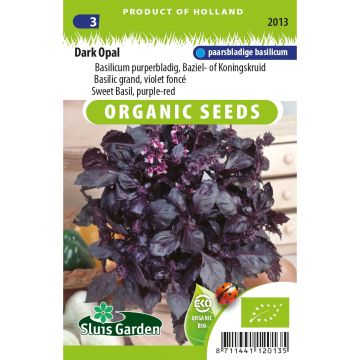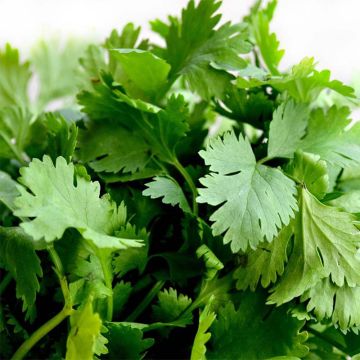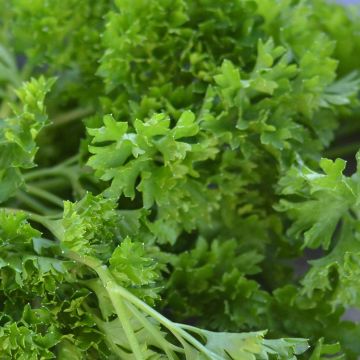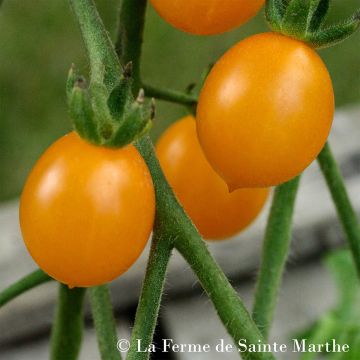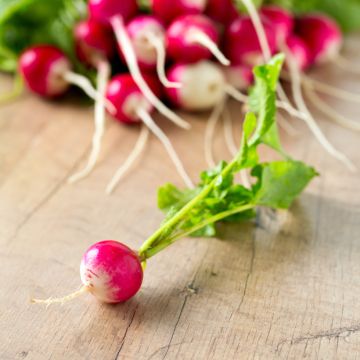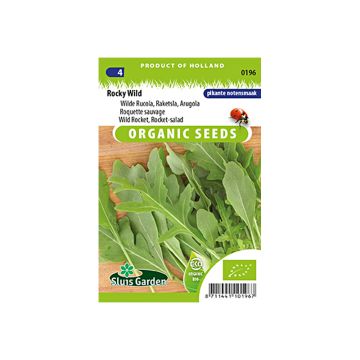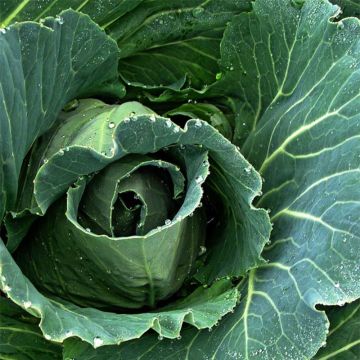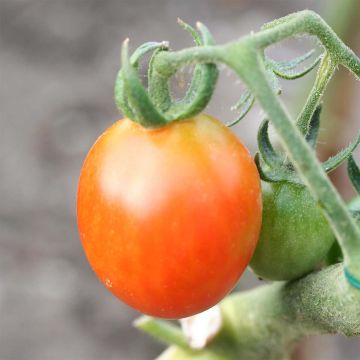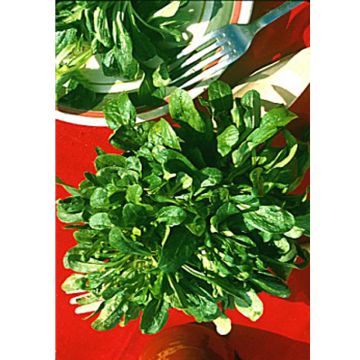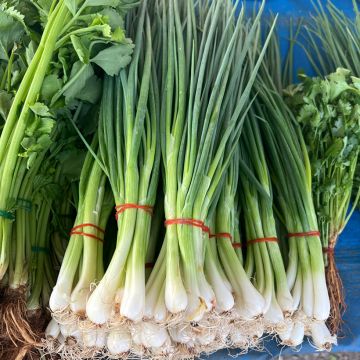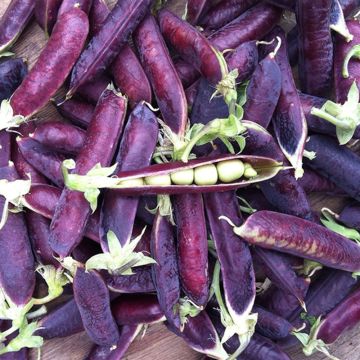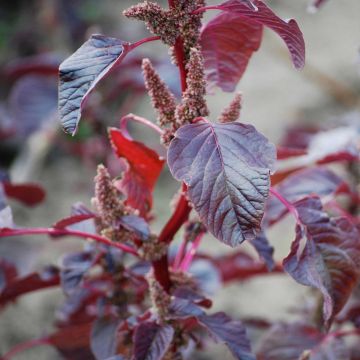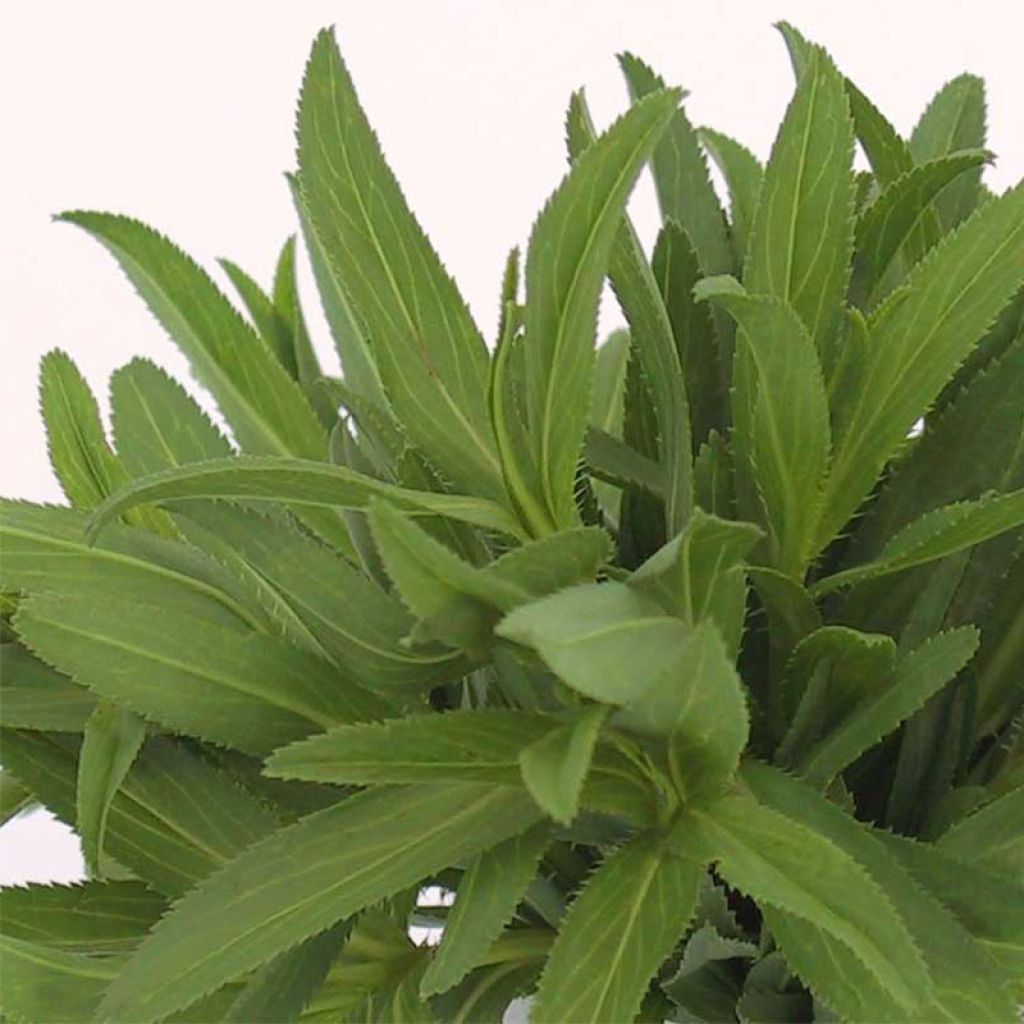

Estragon du Mexique Bio - Ferme de Sainte Marthe
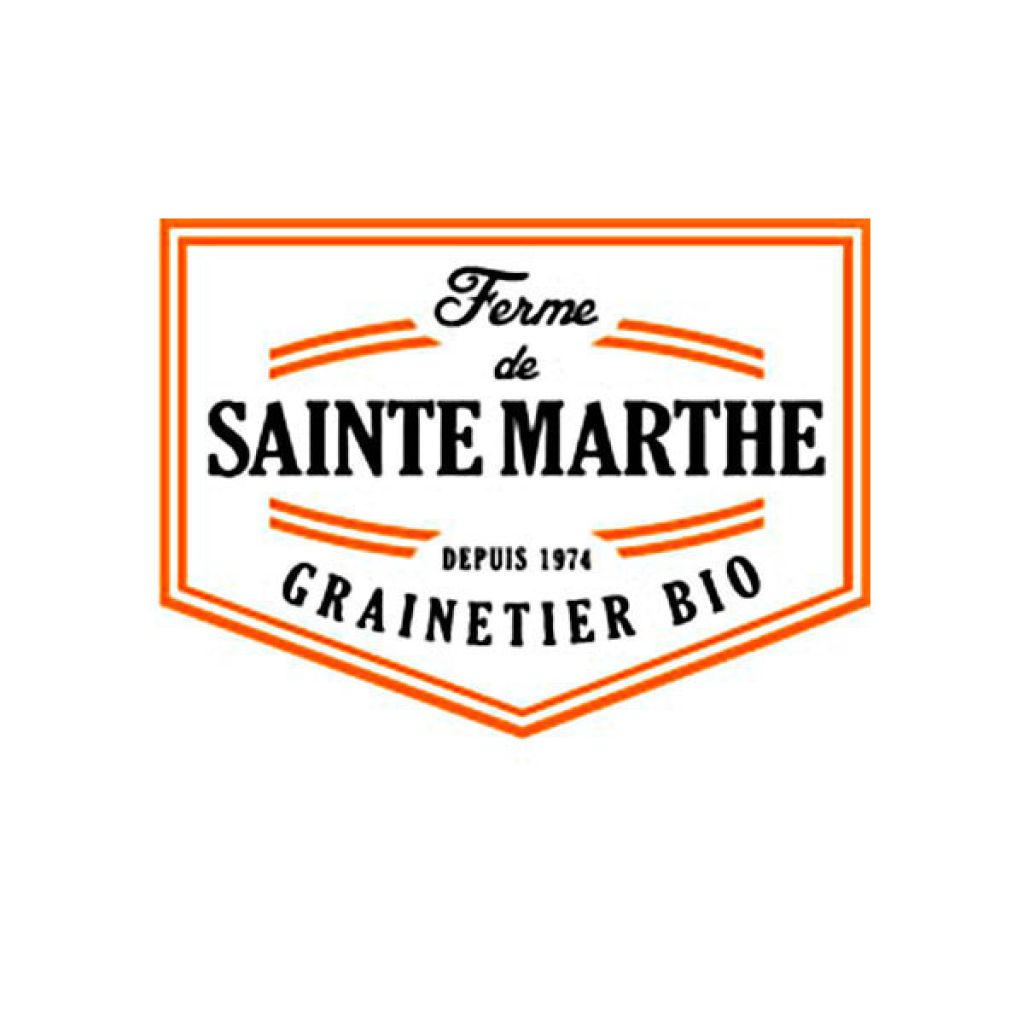

Estragon du Mexique Bio - Ferme de Sainte Marthe
Organic Mexican Tarragon - Ferme de Sainte Marthe seeds
Tagetes lucida
Mexican Tarragon, Spanish Tarragon, Sweet Mace, Yerbaniz
This item cannot be shipped to the selected country
Dispatch by letter from €3.90
More information
Schedule delivery date,
and select date in basket
This plant carries a 6 months recovery warranty
More information
We guarantee the quality of our plants for a full growing cycle, and will replace at our expense any plant that fails to recover under normal climatic and planting conditions.
Seed-only orders are dispatched by sealed envelope. The delivery charge for seed-only orders is €3.90.
Description
Mexican Tarragon, Tagetes lucida in Latin, is a perennial aromatic plant that can be used as a substitute for tarragon, but sparingly as its slightly aniseed aroma is powerful. This beautiful plant can reach a height of 50cm (20in) and offers pleasant summer flowering in yellow-orange. It is easy to grow but not very hardy and is best cultivated in a pot. Sow in April-May for a harvest from June to October the following year.
Also called Sweet Mace or Mexican Mint Marigold, Tagetes lucida is a perennial aromatic plant, originally from (not surprisingly) Latin America, where it was known, in the time of the Aztecs, as “Yauhtli” or “herb of the clouds” because it relieved those who were frightened by lightning. This sacred herb was also used for shamanic rituals.
It belongs to the Asteraceae family and has a branching habit that can reach 50 centimetres (20 inches) in height. Mexican Tarragon has dentate ovate leaves dotted with tiny vesicles containing its essential oil. It flowers in summer or autumn, often in small golden-yellow heads. The whole plant is fragrant and gives off a scent of tarragon mixed with aniseed.
In cooking, Mexican Tarragon can be used fresh or dried. It enhances many preparations such as vinaigrettes, Béarnaise sauce, fish, and poultry.
The leaves and flowers of Mexican Tarragon are used for their aromatic character, but they also have, when consumed in large quantities, entheogenic properties whose side effects are not well known. So use them sparingly, especially since their flavour is powerful.
In the garden Mexican Tarragon is grown in sunny, rich, light, and well-drained soil. It is hardy, but only to -5°C (23°F). In regions with harsh winters, cultivate it in a pot so that you can protect it from severe frost.
Harvest: It is harvested one year after sowing and harvesting extends over a long period, from June to October. Simply use scissors to cut the leaves and flowers.
Storage: It can be stored in the refrigerator for a few days or dried for a few months.
Gardener's tip: From the end of May we recommend mulching the soil with thin successive layers of grass clippings, if possible mixed with dead leaves. This protection, which keeps the soil moist and limits the need for watering, also reduces weeding. This mulch, if renewed at the end of autumn, also protects the plant from the cold.
Report an error about the product description
Harvest
Plant habit
Foliage
Botanical data
Tagetes
lucida
Asteraceae
Mexican Tarragon, Spanish Tarragon, Sweet Mace, Yerbaniz
South America
Perennial
Other Herb seeds
Planting and care
Sowing:
The germination of Mexican Tarragon occurs at a temperature of about 18°. It takes about 21 days for the seedlings to emerge.
Sow the seeds under cover in April-May. Starting from April, indoors or in a greenhouse, prepare a tray with drainage holes by filling with special sowing compost, then sow the seeds at a depth of 2 to 3 mm, spacing them 5 to 7 cm (2 to 3in) apart. Water with a very fine spray. When your young plants have 4 leaves, transplant them into pots that you will place in the garden once the risk of frost has passed.
Cultivation:
Mexican Tarragon is grown in sunny, rich, light and well-drained soil. It is hardy, but only down to -5°. In regions with harsh winters, grow it in a pot so that you can protect it from severe frosts.
Seedlings
Care
Intended location
This item has not been reviewed yet - be the first to leave a review about it.
Vegetable seeds
Haven't found what you were looking for?
Hardiness is the lowest winter temperature a plant can endure without suffering serious damage or even dying. However, hardiness is affected by location (a sheltered area, such as a patio), protection (winter cover) and soil type (hardiness is improved by well-drained soil).

Photo Sharing Terms & Conditions
In order to encourage gardeners to interact and share their experiences, Promesse de fleurs offers various media enabling content to be uploaded onto its Site - in particular via the ‘Photo sharing’ module.
The User agrees to refrain from:
- Posting any content that is illegal, prejudicial, insulting, racist, inciteful to hatred, revisionist, contrary to public decency, that infringes on privacy or on the privacy rights of third parties, in particular the publicity rights of persons and goods, intellectual property rights, or the right to privacy.
- Submitting content on behalf of a third party;
- Impersonate the identity of a third party and/or publish any personal information about a third party;
In general, the User undertakes to refrain from any unethical behaviour.
All Content (in particular text, comments, files, images, photos, videos, creative works, etc.), which may be subject to property or intellectual property rights, image or other private rights, shall remain the property of the User, subject to the limited rights granted by the terms of the licence granted by Promesse de fleurs as stated below. Users are at liberty to publish or not to publish such Content on the Site, notably via the ‘Photo Sharing’ facility, and accept that this Content shall be made public and freely accessible, notably on the Internet.
Users further acknowledge, undertake to have ,and guarantee that they hold all necessary rights and permissions to publish such material on the Site, in particular with regard to the legislation in force pertaining to any privacy, property, intellectual property, image, or contractual rights, or rights of any other nature. By publishing such Content on the Site, Users acknowledge accepting full liability as publishers of the Content within the meaning of the law, and grant Promesse de fleurs, free of charge, an inclusive, worldwide licence for the said Content for the entire duration of its publication, including all reproduction, representation, up/downloading, displaying, performing, transmission, and storage rights.
Users also grant permission for their name to be linked to the Content and accept that this link may not always be made available.
By engaging in posting material, Users consent to their Content becoming automatically accessible on the Internet, in particular on other sites and/or blogs and/or web pages of the Promesse de fleurs site, including in particular social pages and the Promesse de fleurs catalogue.
Users may secure the removal of entrusted content free of charge by issuing a simple request via our contact form.
The flowering period indicated on our website applies to countries and regions located in USDA zone 8 (France, the United Kingdom, Ireland, the Netherlands, etc.)
It will vary according to where you live:
- In zones 9 to 10 (Italy, Spain, Greece, etc.), flowering will occur about 2 to 4 weeks earlier.
- In zones 6 to 7 (Germany, Poland, Slovenia, and lower mountainous regions), flowering will be delayed by 2 to 3 weeks.
- In zone 5 (Central Europe, Scandinavia), blooming will be delayed by 3 to 5 weeks.
In temperate climates, pruning of spring-flowering shrubs (forsythia, spireas, etc.) should be done just after flowering.
Pruning of summer-flowering shrubs (Indian Lilac, Perovskia, etc.) can be done in winter or spring.
In cold regions as well as with frost-sensitive plants, avoid pruning too early when severe frosts may still occur.
The planting period indicated on our website applies to countries and regions located in USDA zone 8 (France, United Kingdom, Ireland, Netherlands).
It will vary according to where you live:
- In Mediterranean zones (Marseille, Madrid, Milan, etc.), autumn and winter are the best planting periods.
- In continental zones (Strasbourg, Munich, Vienna, etc.), delay planting by 2 to 3 weeks in spring and bring it forward by 2 to 4 weeks in autumn.
- In mountainous regions (the Alps, Pyrenees, Carpathians, etc.), it is best to plant in late spring (May-June) or late summer (August-September).
The harvesting period indicated on our website applies to countries and regions in USDA zone 8 (France, England, Ireland, the Netherlands).
In colder areas (Scandinavia, Poland, Austria...) fruit and vegetable harvests are likely to be delayed by 3-4 weeks.
In warmer areas (Italy, Spain, Greece, etc.), harvesting will probably take place earlier, depending on weather conditions.
The sowing periods indicated on our website apply to countries and regions within USDA Zone 8 (France, UK, Ireland, Netherlands).
In colder areas (Scandinavia, Poland, Austria...), delay any outdoor sowing by 3-4 weeks, or sow under glass.
In warmer climes (Italy, Spain, Greece, etc.), bring outdoor sowing forward by a few weeks.

































